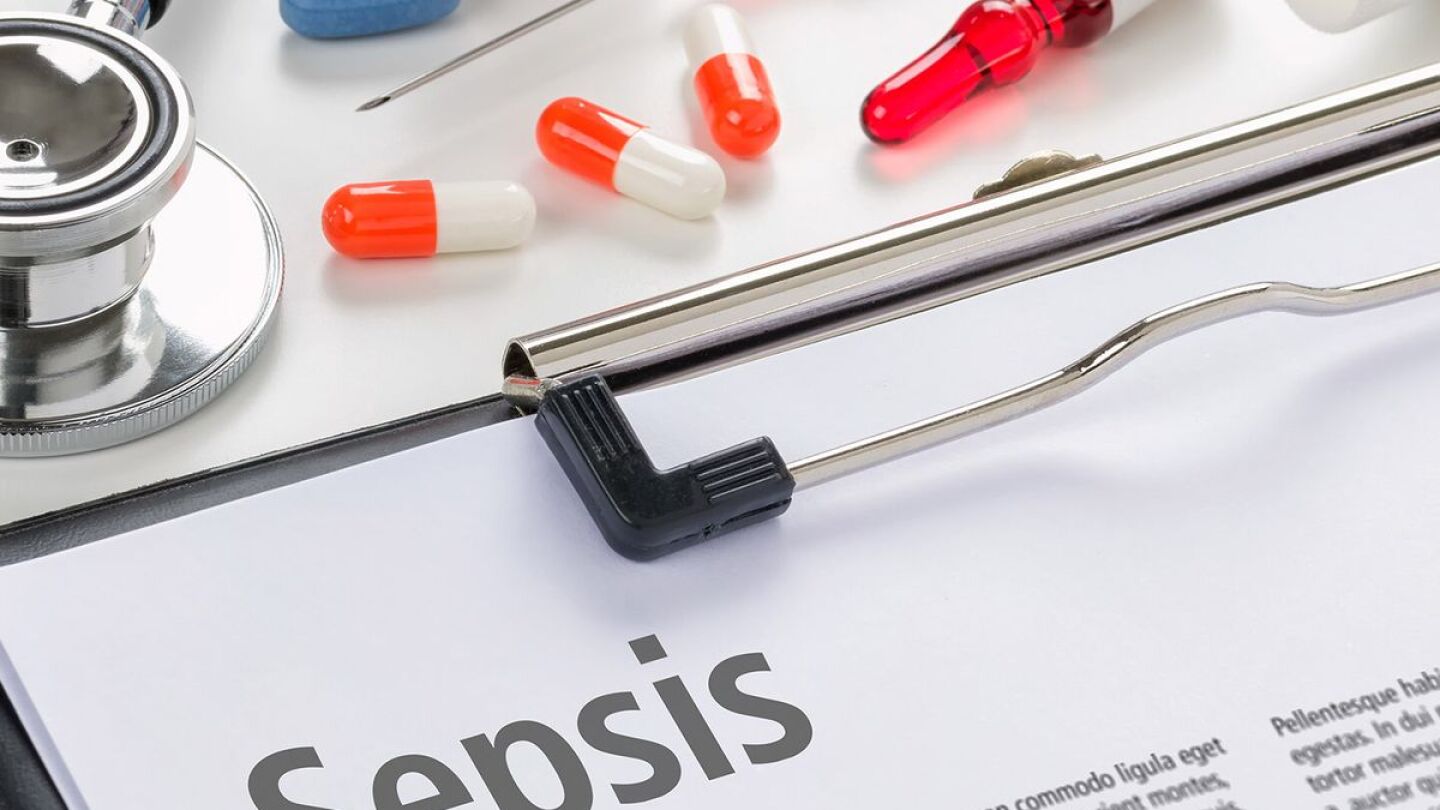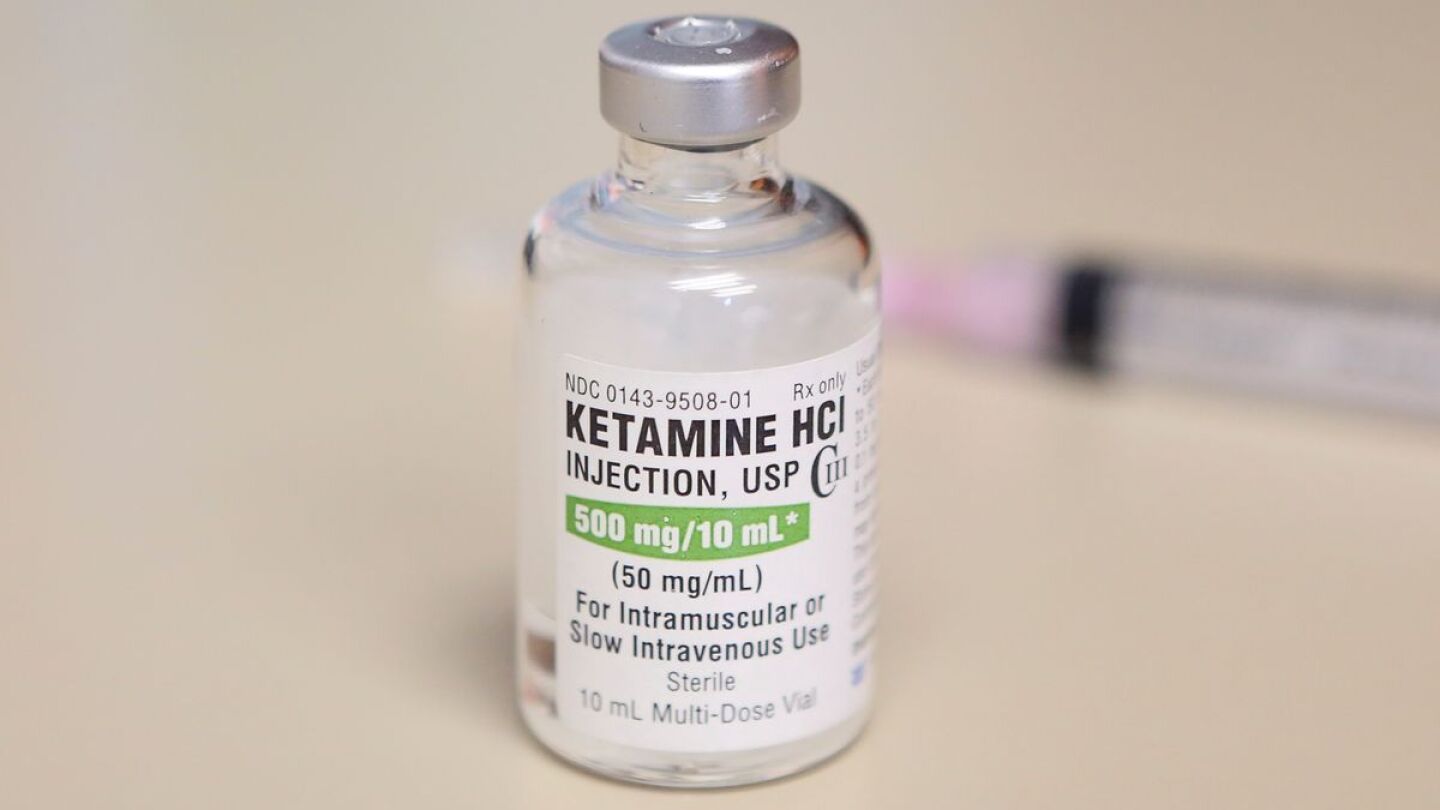Medical Monitoring
The Medical Monitoring topic contains news and information about medical monitoring, outlines the current trends and what the future may hold for EMS providers.
Design your training scenario to include increasingly complicated sepsis symptoms to test EMS providers’ differential diagnosis skills
Learn what to look for, including inverted/retrograde P-waves
Learn what to look for, including non-discernible P-waves
Learn how waveform capnography enhances patient assessment, guides treatment and improves outcomes in respiratory arrrest and distress
From AI-powered seizure detection to LogRx’s medication monitoring tech, four California entrepreneurs vie for a $10,000 prize and in-game recognition
Steve Whitehead breaks down pulse ox plethysmography
Capnography and ETCO2 monitoring are critical for assessing ventilation, confirming airway placement and guiding resuscitation
Being an emergency medical technician is rewarding job, and with the right EMT training, there’s plenty of room to grow
Avoid false blood pressure readings that could impact patient care. Discover the most frequent BP measurement mistakes and expert-backed techniques for accuracy.
Common agents used in drug-facilitated sexual assault: How to recognize them and how they impact care
A month after his son initiated CPR for his first SCA, Wayne Kewitsch suffered a second medical emergency while driving
New research explores how point-of-care lung ultrasound can improve prehospital identification of acute heart failure
The proposed legislation would direct the Maine Board of Pharmacy to create rules and oversight of remote pharmacies in rural areas
A randomized trial suggests public spaces may be suitable for blood pressure screenings
Managing high-risk/difficult refusals with the FEARS mnemonic
Compare the latest glucometers with cutting-edge features, from fast results to app integration, and find your perfect match today
For new EMTs and paramedics there is nothing more important than improving your patient assessment skills; learn and follow these field proven tips
Day 1 of the Wisconsin EMS Association conference featured sessions on sepsis, electrolyte imbalances, facial trauma and traumatic amputations
These devices, crucial for measuring blood oxygen levels, have shown discrepancies in accuracy when used on darker skin, leading to potential health risks for non-white patients, the study states
For your reference: A pediatric vitals chart broken down by age range
Make sure each of your service’s cardiac arrest patients get the best chance of survival by prioritizing high-quality CPR in training and in practice
When shopping for a new pulse oximeter, here are six important issues to consider
New technology is changing how we place electrodes for accurate 12-lead ECGs
Learn what to look for, including P-to-P intervals, to identify atrial flutter
Early deals are already live! Check them out today
Communicating with law enforcement and following these clinical guidelines will help to keep patient safety first and foremost
In the right patient, with a solid understanding of the pharmacology and a plan to address potential side effects, ketamine can be an incredibly useful tool for EMS
You are on scene with a patient who is complaining of weakness. The vital signs your partner has given you are not very detailed. What are some ways to improve on those findings?
You are on scene with a patient who has suffered significant facial trauma; what are some strategies to improve your ability to manage their airway?
Steve has a couple of important tips for that ST elevated patient
In patients with UGI tract hemorrhage, initiate early transport and, if the patient needs to be supine, use a lateral position to decrease the risk of aspiration
Mechanisms, roles and potential risk: What medics need to know about beta blockers



































